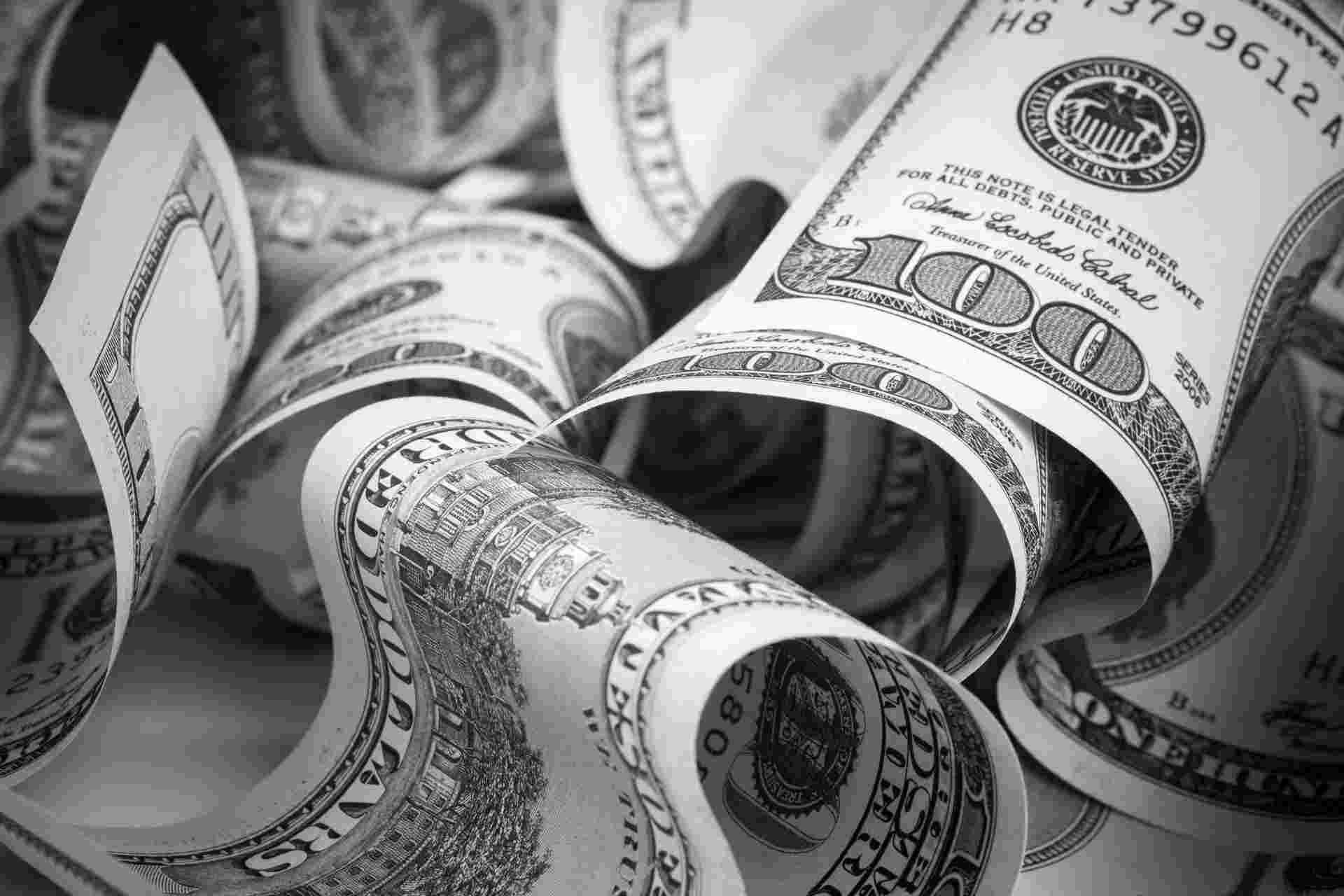The recent Fed conference was the proverbial cherry-on-top for the aggressive market repricing of the Fed’s policy path from here. Fed chairman Jay Powell’s speech on Tuesday saw him open to a rate cut, talking up the normalisation of QE as a policy tool as the Fed will go into the next recession so close to the effective lower bound (ELB), and linking the Fed outlook strongly to the risks of deepening trade tensions. He also clearly detests the “dot plot” albatross that he has inherited from former chief Ben Bernanke, saying that “In times of high uncertainty, the median dot might best be thought of as the least unlikely outcome.” It wouldn’t be surprising to see the dot plot disappear entirely at the June meeting or soon thereafter.
So now we cut to the market’s reaction to this repricing of the Fed – equities managed a sharp rally from heavily sold levels, the yield curve has finally managed to steepen several basis points (for the 2-10 slope, a decent amount more for 2-30, 5-30, etc…) suggesting that if the Fed delivers on what is currently priced, it is starting to provide real stimulus.
The question will be – as always – whether this will be enough to boost risk sentiment, impact the US economic trajectory and weaken the US dollar, or whether the Fed still remains behind the curve on all fronts and will have to deliver even more than is currently priced to get ahead of the curve. The US dollar was finally impressed to a degree in recent sessions, weakening nearly across the board, but yesterday saw a fairly robust bounce in the greenback’s fortunes, particularly in EURUSD ahead of today’s European Central Bank meeting – more on that below.
By the way, a great session over at
MacroVoices with Julien Brigden, who offers a balanced outlook on the Fed, tactical uncertainties, and the key questios from here: whether whatever the Fed does, it will be enough to weaken the US dollar, because without a weak US dollar, the world doesn’t recover because it is the financial “denominator” for everything. I especially appreciate his perspective that it could be asset prices themselves that are a key economic driver.
The ECB is up today and offers President Mario Draghi one of his last opportunities to make a dovish mark before his tenure as ECB president draws to a close. Today will see the announcement of TLTRO-III terms for EU banks lending from the ECB. Our Chief Economist Steen Jakobsen expects a negative rate on the lending (i.e., the ECB paying banks to borrow money). The most dovish combination possible today would be a 10 basis point rate cut (this has been put out there), to -0.50%, the application of that rate to the TLTRO-III round, and then a tiering of the rates applied to excess reserves to prevent banks from having most of their reserves parked at the ECB assessed at the negative policy rate.
US President Trump is so far not impressed with Mexico’s attempts to make assurances on immigration, leaving MXN in the lurch. A very headline-driven situation there that could change with the next tweet, but more negatives are piling up for Mexico as Moody’s downgraded its sovereign debt outlook to negative from stable and Fitch downgraded its debt to BBB (its second-lowest investment grade rating). Much of the concern for the sovereign debt focuses on the Mexican national oil company PEMEX and whether its massive debt pile is sustainable – made worse by the recent drop in crude prices and long-established fall in Mexico’s oil production.
The next mini-test for market sentiment and across the board will be tomorrow’s US jobs and earnings numbers after a confusing mix of data this week – a weak ISM Manufacturing and terrible ADP payrolls change but a stronger than expected ISM non-manufacturing. But the bigger test awaits at the June 19 FOMC meeting, where the Fed has a delicate communication job in contending with the market’s aggressive stance on where it will take the policy rate from here.
Trading interest
Short AUDUSD as long as below 0.7025 and NZDUSD as long as below 0.6700. Alternatively, short GBPUSD as long as below 1.2780
Short EURUSD via put options – 1-2 months near 1.1200 strikes
Chart: EURUSD Every surge in EURUSD seems to have its ambitions cut off quickly at the knees and it is tough to work up enthusiasm for the euro ahead of Draghi’s performance today and the risk that he manages to somehow surprise on the dovish side, even with Germany bunds (10-year sovereigns) yielding a record low -23 basis points this morning. The tactical barrier / pivot to the upside through the end of this week is the 1.1300 area after this latest rally attempt and the downside remain a tough nut to crack after multiple failures to generate momentum.
